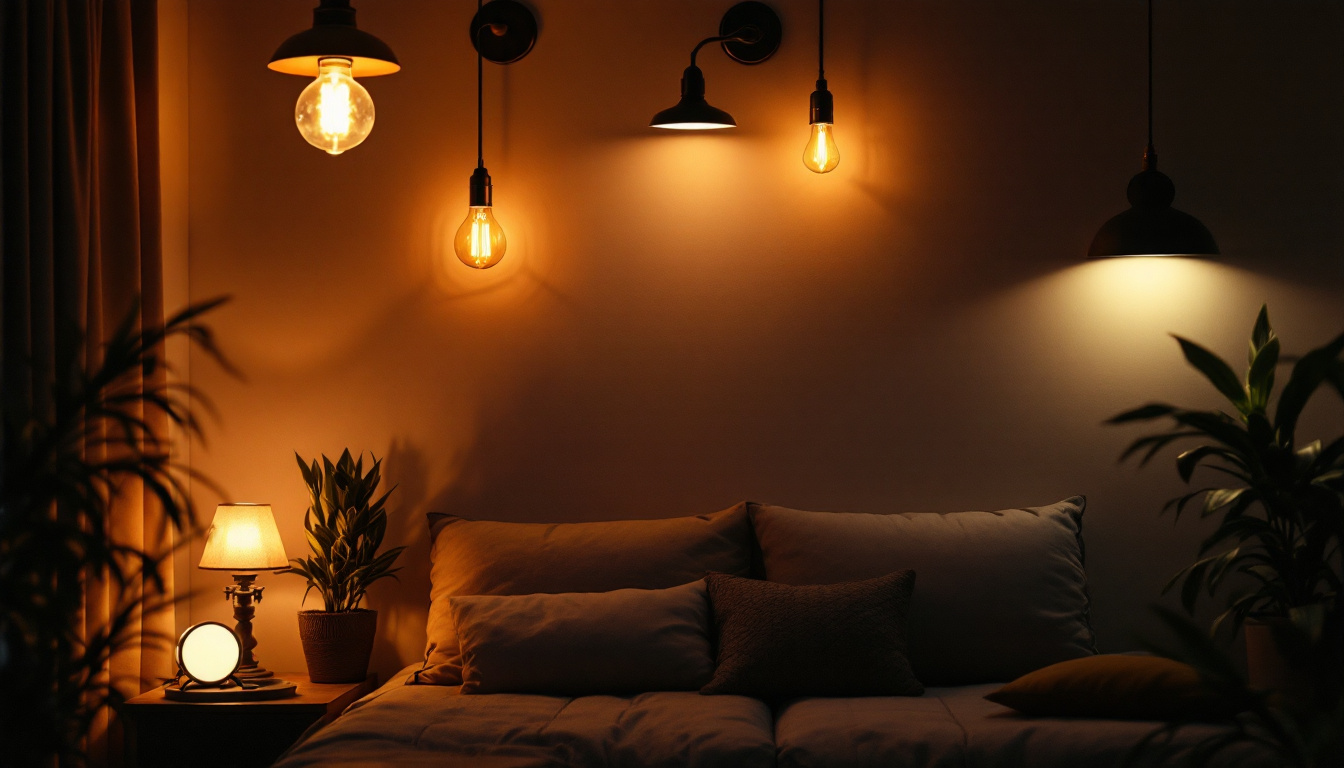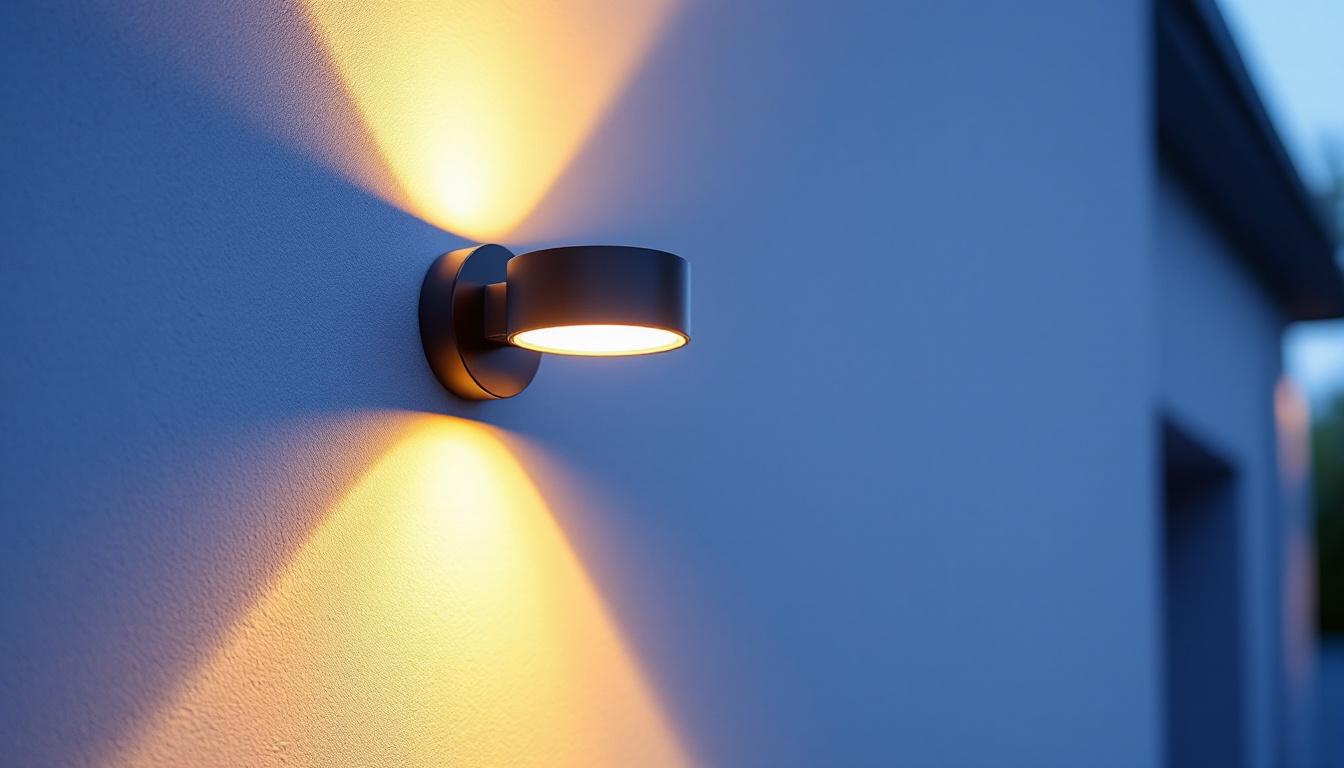
Lighting plays a crucial role in creating the right ambiance in any space, and low lighting is often an essential aspect of this design. For lighting contractors, understanding the significance of low lighting can elevate their projects and enhance client satisfaction. This article delves into the importance of low lighting, exploring its benefits, applications, and considerations for lighting contractors.
Low lighting refers to the use of dim or soft lighting to create a specific atmosphere within a space. This type of lighting is often employed in various settings, including residential, commercial, and hospitality environments. The primary goal of low lighting is to evoke emotions, enhance aesthetics, and provide functional illumination without overwhelming the senses.
Low lighting has a profound psychological effect on individuals. It can create a sense of calmness and relaxation, making it ideal for spaces such as bedrooms, lounges, and restaurants. By reducing the intensity of light, low lighting can help to lower stress levels and promote a more intimate environment.
Moreover, studies have shown that low lighting can influence mood and behavior. In social settings, dim lighting encourages conversation and connection among individuals, making it a popular choice for dining establishments and bars. Understanding these psychological aspects allows lighting contractors to design spaces that cater to the emotional needs of their clients. Additionally, the warm tones often associated with low lighting can evoke nostalgia and comfort, further enhancing the emotional experience within a space. This is particularly beneficial in environments where creating a welcoming atmosphere is essential, such as in therapy offices or wellness centers.
Low lighting finds its application across various sectors, each with its unique requirements. In residential spaces, low lighting can be used to create cozy corners, highlight artwork, or provide subtle illumination in hallways. The use of dimmers and adjustable fixtures allows homeowners to customize their lighting experience based on their activities and preferences.
In commercial settings, low lighting can enhance the shopping experience. Retailers often use soft lighting to draw attention to specific products while creating an inviting atmosphere. Similarly, in hospitality, low lighting is essential for setting the mood in restaurants and hotels, where ambiance plays a pivotal role in customer satisfaction. Beyond these traditional uses, low lighting is also increasingly being integrated into modern office designs to promote creativity and collaboration among employees. By utilizing adjustable lighting systems, businesses can create dynamic environments that adapt to different tasks, from focused work to casual brainstorming sessions, thus supporting a more versatile and productive workplace.
For lighting contractors, understanding the benefits of low lighting can enhance their service offerings and improve client relationships. By incorporating low lighting into their designs, contractors can create spaces that are not only visually appealing but also functional and comfortable.
One of the primary benefits of low lighting is its ability to enhance the aesthetics of a space. Soft, diffused light can highlight architectural features, textures, and colors, creating a visually stunning environment. Lighting contractors can use this to their advantage by strategically placing fixtures to create focal points and enhance the overall design.
In addition, low lighting can create depth and dimension within a room. By combining different light sources, such as ambient, task, and accent lighting, contractors can craft layered lighting designs that add interest and sophistication to any space. The interplay of light and shadow can evoke different moods, making it possible to transform a simple room into a cozy retreat or an elegant dining area. Utilizing dimmers and adjustable fixtures allows clients to control the atmosphere, further enhancing their experience within the space.
Low lighting can also contribute to energy efficiency, a crucial consideration for modern lighting design. By utilizing LED fixtures and dimmable options, contractors can help clients reduce their energy consumption while still achieving the desired ambiance. This not only benefits the environment but also results in cost savings for homeowners and businesses alike.
Furthermore, energy-efficient lighting solutions often have longer lifespans, reducing maintenance and replacement costs. Lighting contractors who prioritize energy-efficient designs can position themselves as forward-thinking professionals in a competitive market. Additionally, clients are increasingly aware of their carbon footprints and are more likely to choose contractors who can provide sustainable solutions. By staying informed about the latest advancements in energy-efficient technologies, contractors can offer innovative options that appeal to environmentally conscious consumers.
Low lighting offers flexibility in design, allowing contractors to adapt their lighting solutions to various spaces and client preferences. With the availability of smart lighting technologies, contractors can create customizable lighting systems that can be adjusted according to the time of day or specific activities.
This adaptability is particularly beneficial in multi-purpose spaces, where the lighting needs may change throughout the day. By incorporating low lighting options, contractors can ensure that their designs remain functional and appealing, regardless of the setting. For instance, in a home office, low lighting can be adjusted to provide a focused environment during work hours, while transitioning to softer, warmer tones in the evening for relaxation. Moreover, the integration of smart home systems allows clients to control their lighting through mobile apps or voice commands, making it easier than ever to create the perfect ambiance at any moment. This level of convenience not only enhances user experience but also showcases the contractor’s commitment to modern, innovative solutions.
While low lighting offers numerous benefits, there are several considerations that lighting contractors must keep in mind when implementing these solutions. Understanding these factors can help ensure successful outcomes and satisfied clients.
The choice of fixtures is critical when it comes to low lighting. Contractors should consider the type of bulbs used, as different options produce varying levels of brightness and warmth. For instance, LED bulbs are popular for their energy efficiency and longevity, while incandescent bulbs can provide a warm glow that enhances the ambiance.
Additionally, the design of the fixtures themselves plays a significant role in the effectiveness of low lighting. Contractors should select fixtures that complement the overall design of the space and provide the desired level of illumination without being overpowering.
Layering light sources is essential for achieving the right balance in low lighting. By combining ambient, task, and accent lighting, contractors can create a well-rounded lighting scheme that meets the functional and aesthetic needs of the space. This approach allows for flexibility and adaptability, enabling clients to adjust the lighting according to their preferences.
For example, in a living room, ambient lighting can provide overall illumination, while accent lighting can highlight artwork or architectural features. Task lighting can then be used for specific activities, such as reading or working. This layered approach ensures that low lighting enhances the space without compromising functionality.
Educating clients about the benefits and limitations of low lighting is crucial for managing expectations. Contractors should take the time to explain how low lighting can enhance their space while also addressing any concerns clients may have about visibility and functionality.
By providing clear information and guidance, contractors can help clients make informed decisions about their lighting choices. This not only fosters trust but also ensures that clients are satisfied with the final results.
The world of lighting design is constantly evolving, and staying updated on the latest trends is essential for lighting contractors. Low lighting continues to gain popularity, with new innovations and styles emerging regularly.
Smart lighting technology is revolutionizing the way low lighting is implemented in both residential and commercial spaces. With the ability to control lighting through mobile apps or voice commands, clients can easily adjust their lighting to suit their needs and preferences.
This technology allows for greater customization, enabling clients to create different lighting scenes for various occasions. For lighting contractors, incorporating smart lighting solutions into their designs can set them apart from competitors and attract tech-savvy clients.
Minimalist designs are becoming increasingly popular in interior spaces, and low lighting plays a vital role in achieving this aesthetic. Simple, unobtrusive fixtures that blend seamlessly into the environment can create a serene atmosphere while providing the necessary illumination.
Contractors should consider incorporating minimalist lighting designs into their projects, focusing on clean lines and understated elegance. This approach not only enhances the overall aesthetic but also allows the beauty of the space to shine through.
Biophilic design, which seeks to connect individuals with nature, is gaining traction in the world of lighting. Low lighting can be used to create a calming and organic atmosphere that mimics natural light conditions.
By incorporating elements such as warm color temperatures and soft shadows, contractors can create spaces that promote well-being and relaxation. This trend aligns with the growing emphasis on mental health and wellness, making it an appealing option for clients seeking to enhance their environments.
Low lighting is an essential aspect of modern lighting design, offering numerous benefits for both contractors and clients. By understanding the psychological impacts, applications, and considerations of low lighting, contractors can create spaces that are not only functional but also aesthetically pleasing and emotionally resonant.
As trends continue to evolve, staying informed about the latest innovations and styles will be crucial for lighting contractors looking to remain competitive. Embracing low lighting as a key element in design can lead to enhanced client satisfaction and successful project outcomes.
Ultimately, the importance of low lighting cannot be overstated. It is a powerful tool that, when used effectively, can transform spaces and elevate the overall experience for those who inhabit them.
Ready to bring the transformative power of low lighting into your next project? At LumenWholesale, we provide lighting contractors with the finest spec-grade lighting products at prices that can’t be beaten. Say goodbye to unnecessary markups and hello to a vast selection of industry-standard lighting solutions that promise reliability and high performance. With free shipping on bulk orders, LumenWholesale is your go-to source for premium lighting that combines quality, affordability, and convenience. Elevate your lighting designs today and discover wholesale lighting at the best value.

Discover the critical role L-shaped connectors play in frame structures and why lighting contractors must prioritize their design.

Discover the latest trends in ceiling fan parts that every lighting contractor needs to know.

Discover the essentials of Up Down Outdoor Wall Lights for lighting contractors—boost installation efficiency, enhance outdoor ambiance, and stay ahead with expert insights..

Discover essential insights into outdoor electrical boxes that every lighting contractor should know.